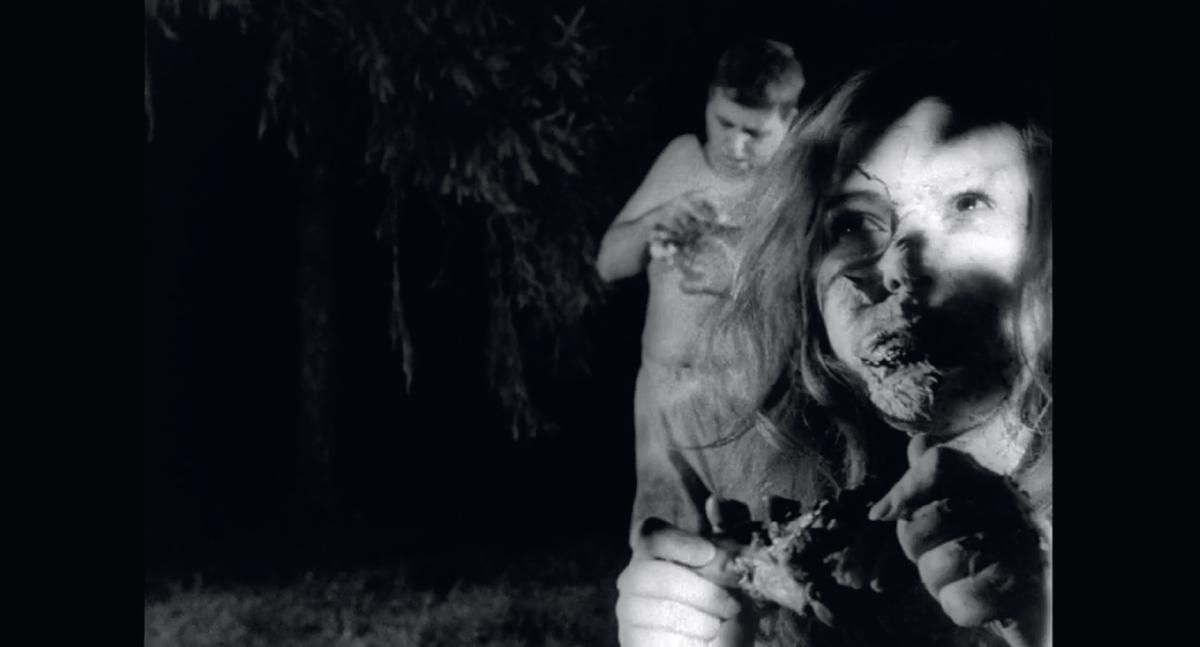Whether you’re a fan of his films or not, it is beyond argue that George A. Romero left an indelible mark in the Horror genre and in film as a whole. This influence has, over the decades, continuously spread onto the broader scopes of culture and society.
In celebration of his life and works, we take a look back at Romero’s films, his original trilogy of zombie flicks in particular, and how they helped shape a whole subgenre.
Night of the Living Dead (1968)

Romero’s first foray into the zombie film is perhaps his most celebrated due to its consequent contributions to establishing contemporary styles, themes and tropes in the horror genre.
The film tells of a group of people who find themselves seeking shelter in a farmhouse from the unexplainable phenomenon of the dead coming back to life. For a moment they find safety in the structure, but later on they realize that the world outside is not too far and the walls aren’t that thick. The slow but unrelenting hoard of zombies eventually overrun the house, which leads to the survivors desperately fending off the inevitable while constantly questioning their own mortal humanity.
At the time, the graphic depictions of violence were deemed by critics to be too severe, and was therefore mostly panned. Time, however, has redeemed the film as a valuable piece of art and literature.
Shot on a shoestring budget in Pennsylvania, Night of the Living Dead is testament to the creativity of filmmakers when faced with a great limitation. It was shot in black and white, which at the time wasn’t obsolete but was going out of fashion for both mainstream and independent filmmaking. But it was the only choice for Romero due to the affordability of monochrome 35mm. It also made desired special effects and make-up cheaper and easier to achieve.
Shooting in black and white turned out to be a great decision for Romero. It gave the film grit and grimness reminiscent of war newsreels, particularly that of the Vietnam War which was alluded to throughout the film, reflecting the sociopolitical conflicts that were happening during the 60s.
Working alien from the large film companies, Romero had the freedom to explore different cinematographic techniques. He utilized odd angles, sharp lines, tight shots, shaky camerawork and exaggerated lighting. The style was youthful and guerilla, but the aesthetics are still rooted in established styles, particularly German Expressionism and Noir.
Night of the Living Dead brought the visceral nature of violence to the audience. At a time when the American people felt alienated from the conflicts elsewhere around the world—or even those that are present a state or two away—Romero did away with the polished Hollywood Frankenstein’s monster horror and the obviously fake monster B-movies and brought viewers face to face with the harsh realities they avoided. As the broadcasters relay news and speculation over the events that are taking place, the survivors realize that the horrors being narrated aren’t really that far away— death is present and close.
Dawn of the Dead (1978)

It took Romero a decade to return to the zombie genre he pioneered. While certainly still not truly well-funded, his first zombie film’s success gave Romero some financial leeway from his bankrollers who saw profitability in his gory tales.
Dawn of the Dead was a relatively ambitious project, considering the scale that it was trying to create. Now shot in color, Romero’s long-time collaborator Tom Savini was given the chance to shine with his make-up, prosthetics and special effects.
Savini was previously a war photographer. Having witnessed the horrors of the Vietnam conflict inspired him to create realistic special effects. At the same time, Dawn of the Dead was a change of pace for Romero, using more fast cuts and kinetic sequences that mirrored the franticness of the film’s plot.
The film tells of the weeks following an outbreak of an unexplained phenomenon where the dead come back to life. It chronicles the speed at which society starts to break down at such a cataclysmic event. People turn to violence, strategically huddling themselves into smaller-knit groups, focusing on self-preservation.
While the film still alludes to the Vietnam War, the Dawn of the Dead also tackles issues like gentrification, racism, desensitization to violence and consumerism in America. When civilization falls, humans are stripped down to their primal essence, which Romero illustrates artfully in juxtapositions paralleling the mindless zombies and the survivors who are in the process of losing themselves.
Day of the Dead (1985)

Albeit the most commercial and least regarded in the trilogy, the Day of the Dead still carries the same satirical worth as that of Night of the Living Dead and Dawn of the Dead.
Stylistically, it resembles the Dawn of the Dead, but at this time the techniques that Romero used for that film is more familiar and accessible now to both audience and filmmaker. Shots are cleaner, but still manage to keep most of the grit of its predecessors.
The film follows a post-apocalyptic future where the living had already gone through the initial shock of the outbreak with small pockets of surviving communities now consolidating efforts to rebuild. The guise of civility and order is fragile; however, humans start to fall back into chaos after the dead manages to cross from the manageable periphery back to the fore.
In the end, the first three films manage to come full circle, in a way, with Day of the Dead. As the remaining humans pick up where they left off, bringing with them only what they could from the chaos, they push on to build again. They look at the waves of dead that slowly chase them, realizing the true nature of man: beyond reason, when everything else collapses, the will to survive remains. Like the zombies that stubbornly move forward, lacking any logical drive, there is only one objective—survival. One direction—forward.
Also published in GADGETS MAGAZINE October 2017 Issue
Words by Robby Vaflor
